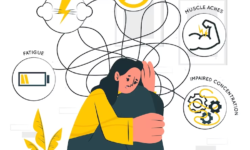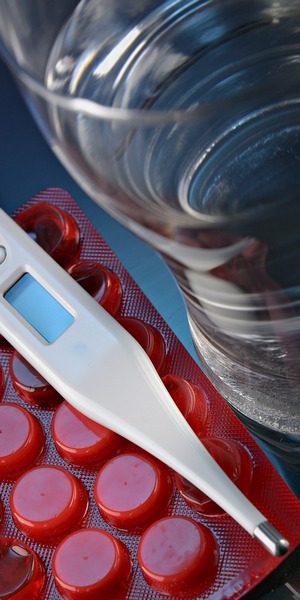Nosebleed and Dizziness: First Aid, Prevention and More

In the realm of health and well-being, understanding the dynamics between common ailments like nosebleeds and dizziness is crucial. This comprehensive article delves deep into the intricate web connecting these issues, providing you with valuable insights and actionable information. Get ready to explore the world of nosebleeds and dizziness, with a focus on their connection and practical solutions.
Unraveling the Causes of Nosebleeds and Dizziness
Nosebleeds – The Basics
Nosebleeds, also known as epistaxis, can be quite unsettling. They often occur when the blood vessels in the nose rupture, resulting in bleeding. Common causes include dry air, nasal injuries, and certain medications.
Dizziness – Types and Triggers
Dizziness is a common sensation of lightheadedness or unsteadiness. It can be caused by various factors, including dehydration, inner ear problems, low blood pressure, or even anxiety.
The Connection Between Nosebleeds and Dizziness
Shared Causes
Interestingly, nosebleeds and dizziness share some common causes. Dehydration and low blood pressure, for instance, can trigger both of these symptoms. It’s crucial to recognize this potential connection.
Managing Nosebleeds and Dizziness
Preventative Measures
To reduce the occurrence of nosebleeds and dizziness, consider maintaining proper hydration and a balanced diet. Managing stress and avoiding excessive heat or cold can also help.
Remedies and Relief
When nosebleeds or dizziness strike, knowing how to alleviate discomfort is crucial. For nosebleeds, leaning forward and pinching the nostrils can help stop the bleeding. For dizziness, resting in a comfortable position and drinking fluids can aid in recovery.
Providing First Aid for Dizziness
- Safety First: If someone experiences dizziness, guide them to a safe, stable place to sit or lie down. Make sure there are no sharp objects or hazards nearby;
- Stay Hydrated: Offer the person water or a sports drink to help replenish fluids if dehydration is a suspected cause of their dizziness;
- Cool Compress: Applying a cool cloth or compress to their forehead or neck can provide relief. Ensure the compress is not too cold to avoid discomfort.
First Aid for Nosebleeds
- Lean Forward: If someone has a nosebleed, instruct them to lean slightly forward to prevent blood from flowing down their throat. This position also reduces the risk of nausea;
- Pinch the Nostrils: Gently pinch both nostrils together just below the bony part of the nose. Hold for about 10-15 minutes to help stop the bleeding. Avoid tilting the head back, as this can cause blood to flow into the throat;
- Apply Ice: Placing a cold compress or ice pack on the bridge of the nose can constrict blood vessels and aid in clotting.
First Aid for Fainting
- Ensure Safety: If someone faints, check their surroundings to ensure they won’t injure themselves when falling. Lay them flat on their back if possible;
- Elevate Legs: Gently lift the person’s legs, elevating them about 12 inches (30 cm) above heart level. This can help increase blood flow to the brain;
- Loosen Tight Clothing: If the person’s clothing is tight around the neck or waist, loosen it to aid in better blood circulation.
Conclusion
Knowing how to provide first aid for nosebleeds, dizziness, and fainting can be invaluable in helping someone when they need it most. By following these simple yet effective tips, you can offer immediate assistance and potentially prevent further complications. Always prioritize safety and seek professional medical attention when necessary to ensure the well-being of those in distress.








